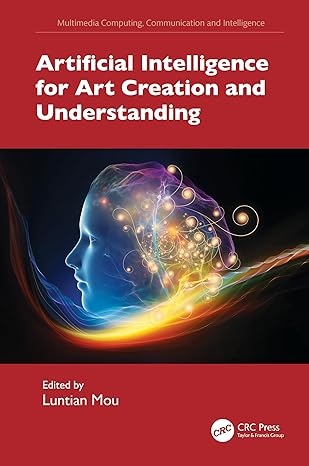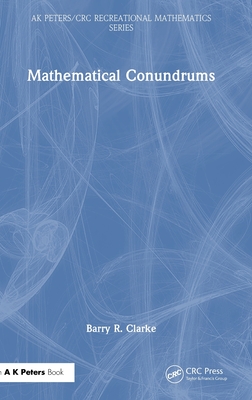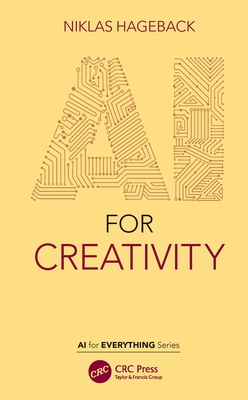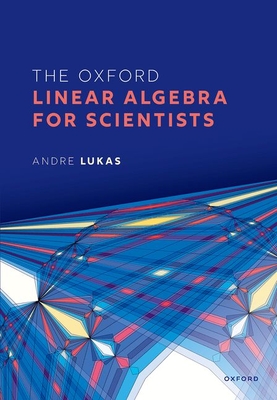
Modern Mathematical Methods for Computational Sciences and Engineering
计算科学与工程的现代数学方法:简介
泛函分析
¥
2527.5
售 价:
¥
2022.00
优惠
平台大促 低至8折优惠
发货周期:国外库房发货,通常付款后3-5周到货!
出版时间
2022年12月20日
装 帧
精装
页 码
512 pp
语 种
英文
综合评分
暂无评分
- 图书详情
- 目次
- 买家须知
- 书评(0)
- 权威书评(0)
图书简介
Partial differential equations (PDEs) are the mathematical cornerstone for describing an astonishingly wide range of phenomena, from quantum mechanics and ocean waves, to the diffusion of heat in matter and the behavior of financial markets. Despite the efforts of many famous mathematicians, physicists and engineers, the solution of partial differential equations remains a challenge. This book’s authors introduce a novel method, the unified transform, which greatly facilitates this challenge.Two and a half centuries after Jean d’Alembert formulated the wave equation and presented a solution for solving a simple problem for this equation, this book introduces a generalization of the d’Alembert solution, which is valid for general boundary value problems. Moreover, two centuries after Joseph Fourier introduced the classical tool of the Fourier series for solving the heat equation, it offers a new solution of this problem, which has important analytical and numerical advantages in comparison to the classical solutions. The authors present the unified transform pedagogically, building all the necessary background, including functions of real and of complex variables and the Fourier transform, illustrating the method with numerous examples.Modern Mathematical Methods for Scientists and Engineers is a modern introduction to basic topics in mathematics at the undergraduate level, with emphasis on explanations and applications to real-life problems. There are also "Application" sections at the end of each chapter, with topics drawn from a variety of areas, including neural networks, fluid dynamics, and the behavior of put and call options in financial markets. In addition to the unified transform, the book presents several modern important and computationally efficient topics, including feed-forward neural networks, wavelets, generalized functions, stochastic optimization methods, and numerical methods.Broad in scope, but pedagogical in style and content, the book is an introduction to powerful mathematical concepts and modern tools for students in science and engineering. Key FeaturesStudents of physical and engineering sciences, and increasingly those in the life and social sciences, need a solid grounding in mathematical methods to understand and advance within their own discipline. Their typical mathematics training is either too formal (from a purely mathematical perspective with few real-life applications) or inadequate (fearing, or not having adequate time to take, mathematics courses). Thus, they never acquire the confidence and strength to use sophisticated mathematical methods, readily and easily, in their own discipline. This book aims to correct this problemThe extensive explanations and examples provide much needed training in using the concepts introduced. The Applications at the end of each chapter show how useful each topic is in real-life problemsThe novel (and some unique) aspects of the book include: 1) A highly accessible presentation of the "Unified Transform" (also known as the "Fokas method") for solving partial differential equations (PDEs), including many examples and applications. A unique feature of this method is that it gives rise to very simple numerical techniques for solving a great variety of physically significant PDEs. This allows undergraduates to construct themselves graphs of the solution without the need to learn sophisticated techniques such as finite elements of finite differences. This approach is very powerful and is not presented anywhere at a level accessible to advanced undergraduate students; 2) Discussions of modern topics provide the mathematical underpinning for applications that students encounter in many modern contexts in the physical and engineering sciences. These discussions built on traditional math topics like the Fourier transform and its applications; 3) A presentation of stochastic optimization methods, building on probability theory and random numbers. Important topics discussed include Monte Carlo integration, Markov chain Monte Carlo, and the simulated annealing method. These are very useful tools, rarely presented in introductory texts, and discussed only in very specialized courses; 4) A thorough discussion of generalized functions like the delta-function and the theta-function. These tools are almost never treated in textbooks, yet in real-life applications they are ubiquitous. Examples of their use can be found throughout the book, and they are revisited in many different occasions, allowing the student to build familiarity and confidence in using them; 5) All figures were created by the authors in a manner close to what would be "blackboard sketches" to maintain the directness and liveliness of a lecture presentation. The use of color makes the comprehension of the figures much more intuitive, and helps the student create a powerful mental picture of the mathematical notions
本书暂无推荐
本书暂无推荐













